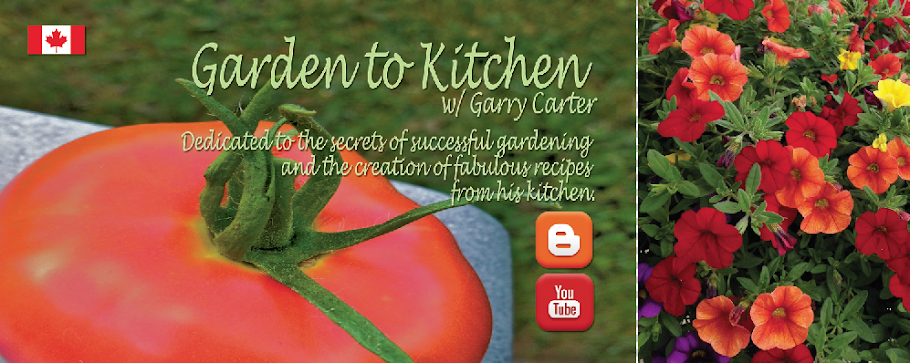It involves a great Canadian Potato eh, oil, garlic, rosemary, salt and a bit of science. Yukon Gold variety was developed in 1960 at the University of Guelph Department of Agriculture.
Its characteristics make it great for baking, boiled, mashed or french fries. In this recipe, we are going to bake them in the oven or on the BBQ.
 Start with about 1 pound of potatoes per person. This recipe calls for about 4 lbs of potatoes to serve 4 adults. Clean potatoes, cutting them into larger pieces and rinse them. Rinse them twice to remove the cloudy starch water. Don't cut them too small because they will fall apart in the cooking process. Let the potatoes sit in clear cold water for at least 1 hour. Rinse again, add fresh water, 1/2 teaspoon of baking soda and 2 tablespoons of salt and boil for 10 minutes.
Start with about 1 pound of potatoes per person. This recipe calls for about 4 lbs of potatoes to serve 4 adults. Clean potatoes, cutting them into larger pieces and rinse them. Rinse them twice to remove the cloudy starch water. Don't cut them too small because they will fall apart in the cooking process. Let the potatoes sit in clear cold water for at least 1 hour. Rinse again, add fresh water, 1/2 teaspoon of baking soda and 2 tablespoons of salt and boil for 10 minutes.
The baking soda is the science part! It modifies the pH level of the water, making it more alkaline. This will break down the protein that holds the potato together - specifically the outer edges where the crispy crunch will appear!
While the potatoes cool, prepare 5 tablespoons of olive oil, 3 cloves minced garlic and freshly chopped rosemary or thyme. Cook and stir until the garlic starts to turn brown. Be careful not to burn the garlic otherwise you will need to start again. Separate the oil from the garlic and spice and pour it over the potatoes in a large bowl. Using two spoons, mix the potatoes and oil in a rough fashion. You will notice the edges of the potatoes are mushy and that's exactly what we want! Spread potatoes on a baking sheet and bake 20 minutes at 450 °F or 400 °F convection.
 |
| Oil, garlic, rosemary leaves |
 |
| Yukon Gold Potatoes Covered with garlic oil |
 |
| Garlic and Rosemary bits |
They are ready to be served or cover with foil and place in your oven warming drawer to mellow.
 |
| Crunchy on the outside and soft inside |












